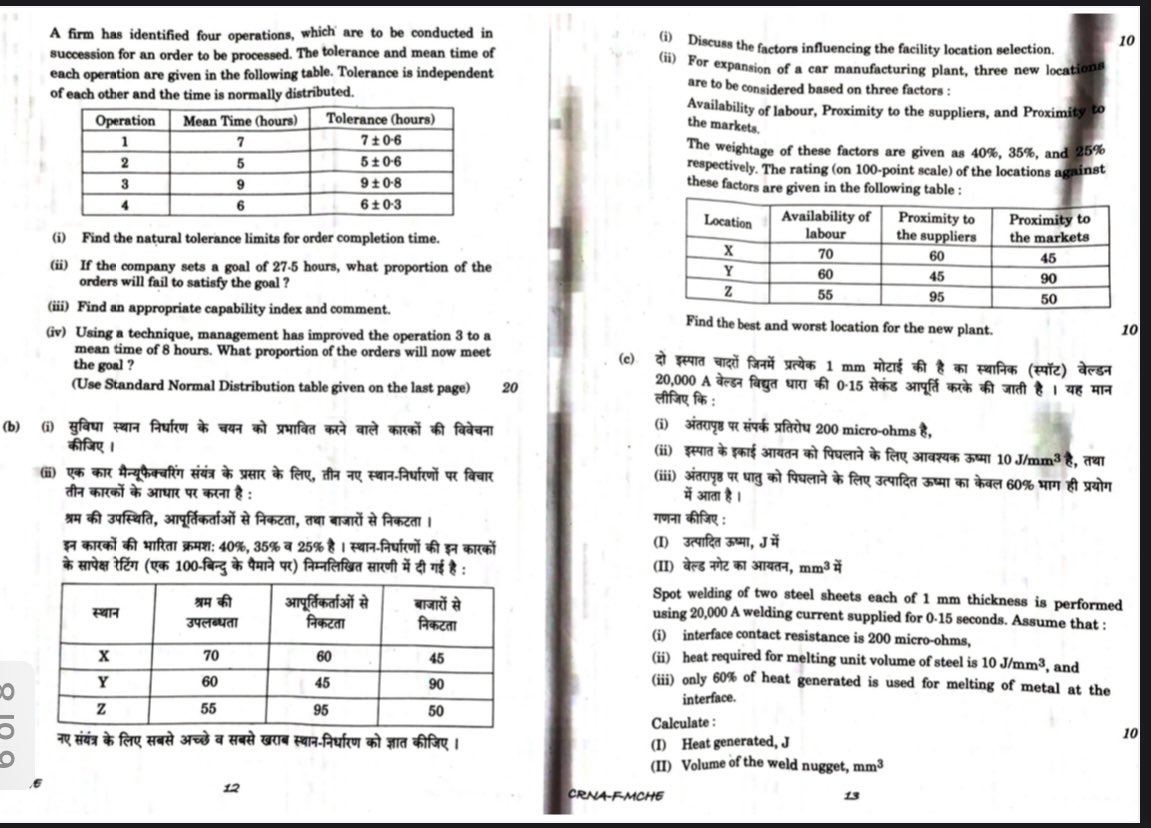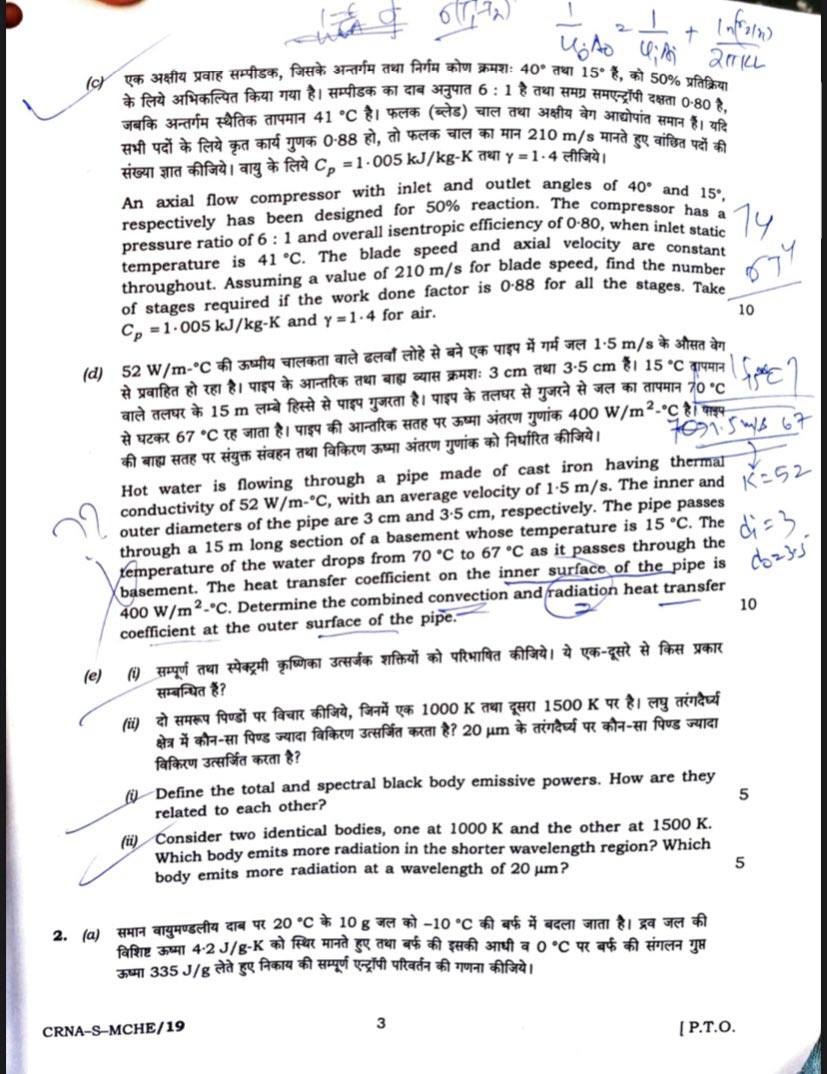
Here are a few important pointers about the Basic Structure Doctrine, which will be helpful in the #UPSC Exam, especially in GS-2!
Save them to your notes 📝!
A thread 🧵:
#BasicStructureDoctrine #UPSC2023 #upscprelims
Save them to your notes 📝!
A thread 🧵:
#BasicStructureDoctrine #UPSC2023 #upscprelims
The doctrine was enunciated in Kesavananda Bharati v. State of Kerala(1973)
•The 13-judge bench concluded with a 7-6 majority that the Constitution’s ‘basic structure’ is inviolable and cannot be altered by the Parliament.
⬇️
•The 13-judge bench concluded with a 7-6 majority that the Constitution’s ‘basic structure’ is inviolable and cannot be altered by the Parliament.
⬇️
“The amending power of the parliament is wide, but LIMITED. Parliament has no power to abrogate or emasculate the basic elements or the fundamental features of the constitution.”
•It’s a safety valve against majoritarian authoritarianism
⬇️
•It’s a safety valve against majoritarian authoritarianism
⬇️
It accorded the judiciary unlimited power of judicial review. The apex court could post 24 April, 1973, review and strike down any law passed by the parliament, even the constitutional amendment, IF found to be violating the basic spirit and ethos of the constitution of India.
•Few basic features:
-Supremacy of the Constitution
-Republican & Democratic forms of Government
-Secular & Federal character of the Constitution
-Separation of powers between the Legislature,the executive & judiciary
-Supremacy of the Constitution
-Republican & Democratic forms of Government
-Secular & Federal character of the Constitution
-Separation of powers between the Legislature,the executive & judiciary
“Fundamental rights would be vulnerable without the basic structure doctrine. In fact, it has been conducive to the progressive evolution of the Constitution.”
Soli Sorabjee
⬇️
Soli Sorabjee
⬇️
The evolution:
1.Shankari Prasad v UOI(1951)
-Parliament’s power to amend the constitution under A368 held to include the power to amend Part 3 of the Constitution
2.Sajjan Singh v State Of Rajasthan(1965)
-Parliamentary Supremacy to amend any part is upheld again
⬇️
1.Shankari Prasad v UOI(1951)
-Parliament’s power to amend the constitution under A368 held to include the power to amend Part 3 of the Constitution
2.Sajjan Singh v State Of Rajasthan(1965)
-Parliamentary Supremacy to amend any part is upheld again
⬇️
3.Golaknath v State Of Punjab(1967)
-The court ruled that Fundamental Rights are given a ‘transcendental and immutable’ position & by that virtue, Parliament cannot abridge or take away any of these rights.
⬇️
-The court ruled that Fundamental Rights are given a ‘transcendental and immutable’ position & by that virtue, Parliament cannot abridge or take away any of these rights.
⬇️
4.24th Constitutional Amendment(1971)
-A13 & A368 are modified to enable the Parliament to unilaterally amend Part 3, overturning Golaknath
-A13 & A368 are modified to enable the Parliament to unilaterally amend Part 3, overturning Golaknath
5.Kesavananda Bharti(1973)
-Court ruled that every part of the Constitution can be amended, provided the basic structure is not violated.
6.39th Amendment(1975)
-The election of the President,VP,PM & Speaker is placed beyond the scope of judicial review
⬇️
-Court ruled that every part of the Constitution can be amended, provided the basic structure is not violated.
6.39th Amendment(1975)
-The election of the President,VP,PM & Speaker is placed beyond the scope of judicial review
⬇️
7.Indira Gandhi v Raj Narain(1975)
Applying the basic structure doctrine,the court strikes down the amendment & holds ‘free & fair elections’ to be a part of the doctrine.
8.42nd Amendment(1976)-MINI CONSTITUTION
-Parliament’s constituent power to amend is declared as LIMITLESS
Applying the basic structure doctrine,the court strikes down the amendment & holds ‘free & fair elections’ to be a part of the doctrine.
8.42nd Amendment(1976)-MINI CONSTITUTION
-Parliament’s constituent power to amend is declared as LIMITLESS
-Constitutional amendments protected from being called into question by any court.
9.Minerva Mills v UOI(1981)
-Parliament’s power to amend the Constitution is limited by the Constitution itself
9.Minerva Mills v UOI(1981)
-Parliament’s power to amend the Constitution is limited by the Constitution itself
India doesn’t follow the British model of ‘Parliamentary Sovereignty’ but strikes a balance between it & America’s model of Judicial Supremacy
•In Sub-Committee on Judicial Accountability v Union of India, 1991
Justice Bankim Chandra Ray explained the difference ⬇️
•In Sub-Committee on Judicial Accountability v Union of India, 1991
Justice Bankim Chandra Ray explained the difference ⬇️
“In this country,unlike in England,there’s a written constitution which constitutes the fundamental & ‘higher law’ & acts as a limitation upon the Legislature & other organs of the State as grantees under the Constitution, the usual incidents of parliamentary sovereignty
don’t obtain & the concept is one of ‘limited Government’.
•Judicial review is, indeed, an incident of and flows from this concept of the fundamental & the higher law being the touchstone of the limits of the powers of the various organs of the State which derive power &,⬇️
•Judicial review is, indeed, an incident of and flows from this concept of the fundamental & the higher law being the touchstone of the limits of the powers of the various organs of the State which derive power &,⬇️
authority under the Constitution and that the judicial wing is the interpreter of the Constitution & therefore of the limits of authority of the different organs of the State. It is to be noted that the British Parliament with the Crown is supreme, and its powers are unlimited,⬇️
& courts have no power of judicial review of legislation. This doctrine is in one sense the doctrine of ultra vires in constitutional law. In a federal set-up, the judiciary becomes the guardian of the Constitution.”
JUDICIAL REVIEW:
•It’s exercised to preserve our constitutional morality & protect the people & the country from legislative and executive excesses
•described by Ambedkar as “the very soul of the Constitution & the very heart of it”.
•It’s exercised to preserve our constitutional morality & protect the people & the country from legislative and executive excesses
•described by Ambedkar as “the very soul of the Constitution & the very heart of it”.
“Be you so high, the Constitution is above you- that is the mantra for democracy.” - Dushyant Dave
• The Constitution is the fundamental document since it not only creates the 3 organs of the state:Judiciary, executive & legislature but also defines their powers & limitations
• The Constitution is the fundamental document since it not only creates the 3 organs of the state:Judiciary, executive & legislature but also defines their powers & limitations
•“Something precious has been salvaged out of the tempest that raged over the Government’s claim to have the power to wreck the Constitution”.
Nani Palkhivala on the Basic Structure Doctrine
Nani Palkhivala on the Basic Structure Doctrine
• • •
Missing some Tweet in this thread? You can try to
force a refresh
















